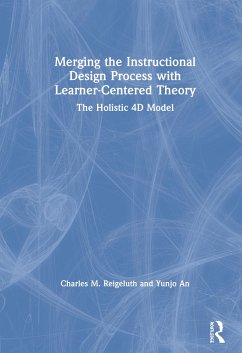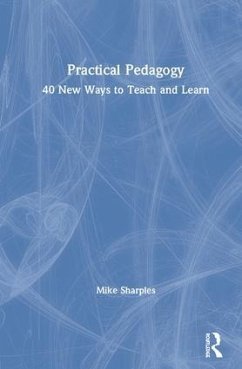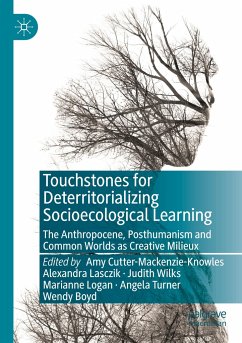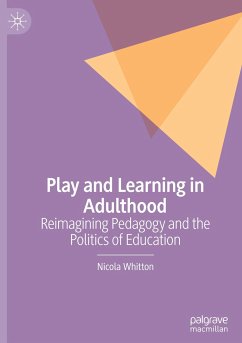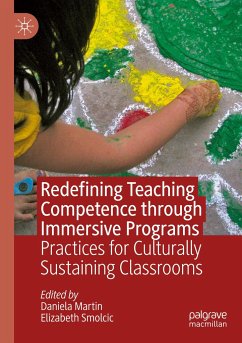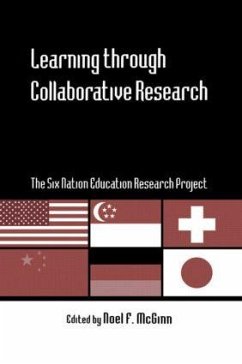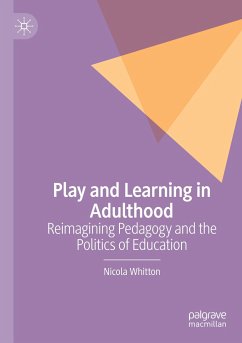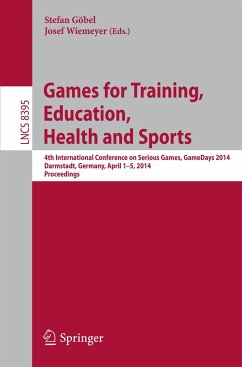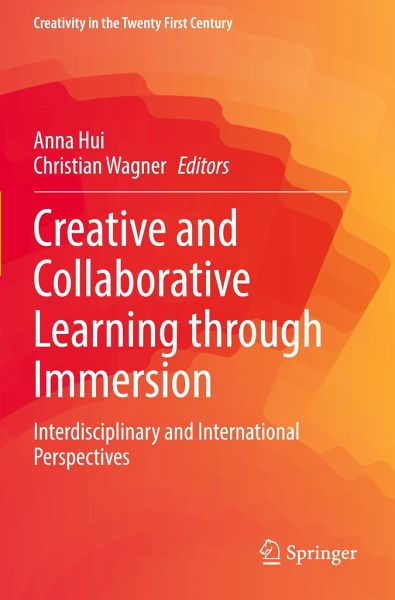
Creative and Collaborative Learning through Immersion
Interdisciplinary and International Perspectives
Herausgeber: Wagner, Christian; Hui, Anna
Versandkostenfrei!
Versandfertig in 1-2 Wochen
123,99 €
inkl. MwSt.

PAYBACK Punkte
62 °P sammeln!
This book includes instructional design and practice of how immersive technology is integrated in discipline-based and interdisciplinary curriculum design. It focuses on pedagogical models and learning outcomes of immersive learning experiences and demonstrates how immersive learning can be applied in industries. This book brings scholars, researchers and educators together around an international and interdisciplinary consolidation and reflection on learning through immersion. The originality lies in how advanced technology and contemporary pedagogical models can integrate to enhance student ...
This book includes instructional design and practice of how immersive technology is integrated in discipline-based and interdisciplinary curriculum design. It focuses on pedagogical models and learning outcomes of immersive learning experiences and demonstrates how immersive learning can be applied in industries. This book brings scholars, researchers and educators together around an international and interdisciplinary consolidation and reflection on learning through immersion. The originality lies in how advanced technology and contemporary pedagogical models can integrate to enhance student engagement and learning effectiveness in higher education.






